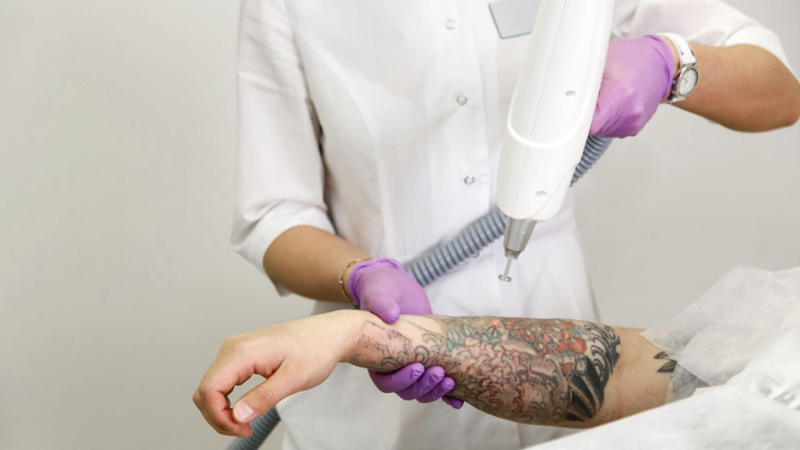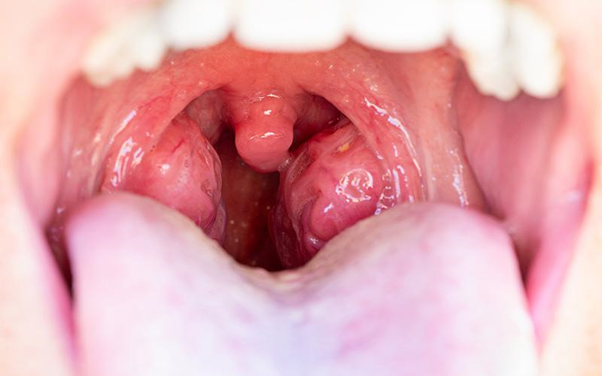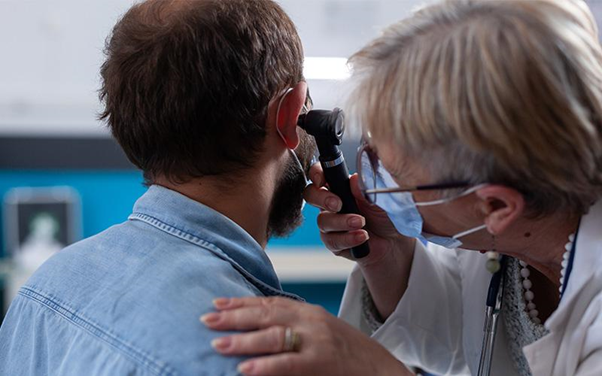Bell’s Palsy: Diagnosis and Management

Bell’s palsy, also known as idiopathic facial palsy, is an unexplained facial disorder that causes sudden muscle weakness and facial paralysis on one part of the face. The affected side of the face tends to droop. In some rare cases, Bell’s palsy will affect both sides of the face. Bell’s palsy is widely considered a temporary condition that can be cured completely within a few weeks of physical therapy.
The only risk of the disease is that it can strike anyone at any age. Pregnant women, people with weaker immune systems, and respiratory ailments are especially at risk. Bell’s palsy results from damage to the 7th cranial facial nerve, causing discomfort, pain, and muscle disorder to the person. It is often confused with stroke symptoms, but the weakness and facial paralysis characteristics differ in both.
What are the Causes of Bell’s palsy?
One cannot ascertain the exact cause of Bell’s palsy. Often it is the after-effect of inflammation, signaled by the immune system against nerves controlling facial movement. Other associated causes of the diseases are:
- High Blood Pressure
- Diabetes
- HIV
- Facial Injuries
- Lyme Diseases
- Sarcoidosis
- Guillain-Barré syndrome
- Toxins
- Infections such as Herpes, chickenpox, etc.
- Myasthenia gravis
- Multiple sclerosis
What are the symptoms of Bell’s palsy?
Bell’s palsy can affect a person with mild to severe symptoms. Many people experience partial or total paralysis due to the condition. However, the signs surface without any warning and escalate to a severe condition within a span of 48 to 72 hours. Fortunately, people with mild symptoms can get a full recovery within 3 to 4 weeks with no signs of Bell’s palsy.
Meanwhile, it is necessary to recognize the symptoms early to start the treatment on time. Here are a few symptoms that will help in acknowledging Bell’s palsy at the right time:
- Face drooping
- Speech impairment
- Difficulty in eating or drinking
- Dry eyes
- Drooling
- Muscle twitches in the face
- Facial weakness
- Headache
- Facial or Eye Pain
- Abnormal sensation
- Tinnitus (Ringing in the Ears)
- Loss of Taste
- Intolerance to sounds
Diagnosis
AMRI Hospitals neurologists explain that we cannot pinpoint the specific diagnostic method for Bell’s palsy. Symptoms and the patient’s facial structure assist in detecting the condition and its consequences. Few diagnostic tests that help doctors in diagnosing Bell’s Palsy are:
- MRI (Magnetic Resonance Imaging): MRI examines the cause of pressure on the facial nerve; the amalgamation of radio waves and strong magnetic field displays the detailed image of the affected area
- CT Scan: CT scan is performed to detect the severity of the symptoms and infections such as tumors or injuries; a doctor may suggest undergoing the scan to rule out the doubt of facial fractures
- EMG (Electromyography): EMG is done on an oscilloscope, a special equipment that measure electrical activities of the muscles and nerves. In the examination procedure, a thin needle electrode is inserted through the skin into the muscle to detect the extent of nerve damage
Management
In Bell’s palsy, treatment typically aims to speed up recovery and avoid long-term implications; it may take anywhere between few weeks to months to recover the strength of the full facial muscles.
Some of the treatments that are generally used in the treatment and management of Bell’s palsy:
- Medications: Corticosteroid drugs, like Prednisolone, reduce inflammation and swelling. Eye drops or anti-bacterial, antifungal medications help if the infection has led to Bell’s palsy
- Pain Relievers: Medications like Paracetamol and NSAIDs are sufficient for most people with the condition
- Physiotherapy: The therapist will make you practice facial exercises that will help to strengthen the muscles, improve the range of motion, coordination, and brings back the original shape and strength
- Hot & Cold Treatment: In bell’s palsy, both hot and cold treatment can act effectively to ease the pain
- Relaxation: One of the most crucial steps is to relax the tensed muscle, causing pain to the patient. However, it is necessary to be calm and composed to realign the muscles; worrying can add more stress to the affected part and make things worse







